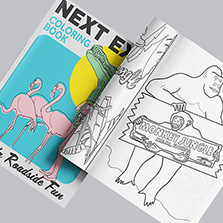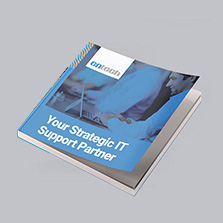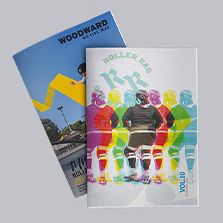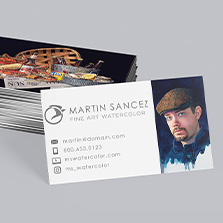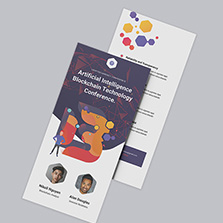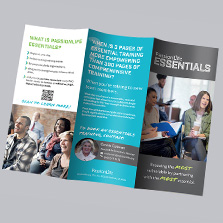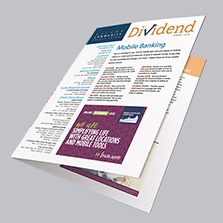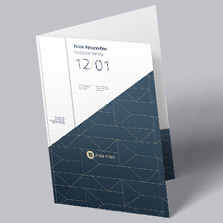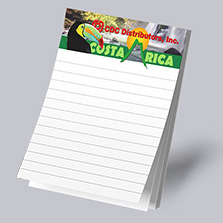How Much Does It Cost To Print A Book?
At PrintingCenterUSA, we feel that the combination of digital and offset complement each other when it comes to the final price to print a book. We utilize the strengths of each to offer our customers the best of both worlds for quality, price, service and turnaround times.
Digital Printer
With digital printing, there is no make ready. All work is done to set up a press for printing and the setup is easier, thus lowering labor costs. No printing plates are needed and the file goes directly to press and prints directly from computer to paper. The first copy is up to color. Costs remain constant over all run lengths.
Traditional Offset Printer
Traditional offset printers have much higher nonproductive up-front costs due to longer make ready and set up times. Printing plates need to be made, and there are more setup costs and maintenance associated with making ready. It usually takes about 200 sheets to get your project up to color and ready to be produced. As run lengths increase, costs decline. Short runs under 5,000 are more expensive with most offset printers.
Our state of the art combination of digital and offset printing presses allow us to have lower-cost setup so that short-run booklet jobs don’t have the overhead that big offset printing shops have, which means we can do the smaller jobs of 10 to 5,000 booklets and 10 to 15,000 brochures for less.
We feel that the combination of digital and offset complement each other. Our state of the art set-up and processes allows us to live in the “Area of Best Value” and come through for our customers when quantities vary or are unknown.
Short run digital printing companies only offer quantities up to 500 or 1,000 sheets or booklets. Short run printing jobs under 5,000 sheets or booklets are generally more expensive with most digital and offset printers. At PrintingCenterUSA our offset press fills the gap between 1,000 and 5,000 sheets and booklets. This gives you the best printing costs and the quality of both worlds.
There is a gap in small quantity printing jobs between 1,000 and 5,000 sheets or booklets. Both traditional digital and offset printers are generally more expensive.
You can see in the above graph how the combination of our digital presses and printing partners offer the best value for short-run quantities of 10 to 5,000 sheets and books and makes low-volume printing affordable, where with traditional printing methods the per-copy cost would be too high to be practical.
The graph represents a real-life example between four companies. This will help you better break down your job on a per-book basis and get the whole picture.
Binding Options for your Budget
Just like page count and quantity the other crucial pricing aspect to consider when book printing will be the binding option you choose. You can learn more about our bindery options here. When it comes to price, let’s take a quick look at our two most common bookbinding types: perfect bound and saddle-stitch.
In the below graph you will see RED (saddle-stitch) and BLUE (perfect bound) lines indicating perfect bound and saddle-stitch binding options. The specs were set up to the same specs as the perfect bound example above. Notice the price of saddle-stitch binding will usually be the most affordable option when it comes time to choose a binding.
The reason for this minor price difference when comparing perfect bound and saddle stitch binding options circles back to time and process. Perfect binding requires more materials and longer production time. That production time includes roughing up the edges of the book to allow more surface area for the hot glue to adhere to the pages better, and then cure for an extended period of time. This creates a more professional presentation compared to saddle stitch but adds to the cost. Whereas saddle stitch books do not need the added time to cure (from the glue) because they are simply stapled together.
| Saddle Stitch uses two staples for binding. | Perfect Binding allows spine printing. |
Also, when comparing the two binding options you have to consider the pages once again to determine if you meet the minimum or maximum page count. Saddle stitch books are an excellent choice for lower page count projects but can’t exceed 92 pages. Perfect bound books need a minimum of 28 pages and even then that might not be enough to add the illustrious look you’re going after. Perfect bound books reach a maximum height of 2 inches so be mindful of your page count. Once you start adding more pages with the perfect bound option, it allows you to add even more professional qualities to your book like spine printing!
Remember, price shouldn’t be the only thing on your mind when choosing a binding option and it’s important you consider how you want to display your work. Brush up on some aspects of saddle-stitch here and perfect bound here.
Pricing Calculator
Using our Pricing Calculator, we took a look (see charts below) at some of our most common average order sizes and formats to give you a better idea of pricing books for your next project. Whether you’re printing a perfect bound children’s book or deciding how to best showcase your photography to potential buyers, the cost will undoubtedly play a deciding role.
When pricing a book, using our free pricing calculator will help you better accomplish your budgetary goals. Take what you learned in the above sections regarding binding, page count and quantity and play around with our pricing calculator to get the price you’re looking for. Maybe you need a color cover but only have text on the inside, be sure to change that in the calculator. Explore the printing options that best fit your book printing needs.
Conclusion
Pricing a book doesn’t have to be a complicated process and here at PrintingCenterUSA, we’re here to help. We offer personable customer service with book pricing experts that can assist you in meeting your financial goals. Remember when pricing a book for print to weigh the options discussed in this article around quantity, pages and binding variations; these are the cornerstones of nailing down the cost of printing a book.








